As a backyard chicken keeper, I often ponder the age-old question: can chickens eat hay? It may seem straightforward, but like many aspects of raising poultry, the answer isn’t black and white.
After extensive research and years of observing my flock, I’ve concluded that while chickens can physically eat hay, it’s not necessarily beneficial as a primary food source. That being said, there are instances where hay might provide enrichment and potential dietary advantages to our feathered friends.
In this article, we will delve deeper into the intricacies of a chicken’s diet, the role of hay in feeding livestock, the ongoing debate about chickens consuming hay, and safer alternatives. Whether you’re a seasoned poultry farmer or a beginner starting your first flock, this exploration will provide valuable insights.
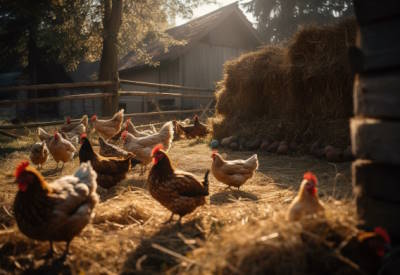
Understanding a Chicken’s Diet
Like any other living being, chickens need a balanced diet to thrive. Let’s dive deeper into their natural diet and why diversity is key.
Overview of a Chicken’s Natural Diet
In the wild, chickens are omnivores, which means they eat a mix of both plants and animals. They enjoy grains, seeds, insects, worms, and even mice and lizards. Part of what they consume comes from foraging, as they naturally scratch and peck at the ground looking for food.
Importance of Diet Diversity for Chickens
A varied diet ensures chickens get a wide range of nutrients and contributes to their overall wellbeing. Variety stimulates their natural foraging instincts and helps to keep them physically active and mentally engaged.
[ChickenAffiliate]
Basic Nutritional Needs of Chickens
So, what exactly does a chicken need nutritionally? Let’s explore their essential nutrients and standard feeding practices.
Essential Nutrients and Their Sources
Chickens need proteins, carbohydrates, fats, vitamins, and minerals to grow, produce eggs, and stay healthy. Their primary source of nutrition typically comes from specially formulated poultry feed designed to meet these nutritional requirements.
Common Feeding Practices and Guidelines
Aside from poultry feed, chickens often benefit from kitchen scraps, garden waste, and additional grains. However, these should be considered treats and should not make up more than 10% of their diet. Care should be taken to avoid feeding chickens anything toxic or harmful.
Hay in a Chicken’s Diet
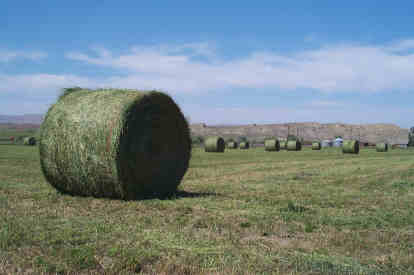
You might be wondering, where does hay fit into all this? Let’s take a closer look.
What is Hay and Its Nutritional Profile
Hay is dried grass or legumes, often used as fodder for livestock. It’s high in fiber and can provide some nutrients, though its nutritional value can vary depending on the type of plant it’s made from and how it’s harvested and stored.
The Role of Hay in Livestock Feeding
Hay is a staple in the diets of many livestock animals like cows and goats. These animals have specialized digestive systems that allow them to extract nutrients from high-fiber foods like hay, something chickens, with their single-chambered stomach, cannot do as efficiently.
Potential Benefits of Hay for Chickens
While chickens might not get as much nutrition from hay, they enjoy scratching and pecking at it. This can stimulate their natural foraging behavior, and the roughage can help keep their digestive system in check.
Can Chickens Eat Hay: The Debate
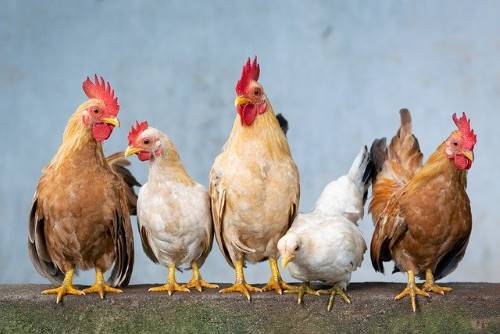
But the question remains, should chickens eat hay? There’s a bit of debate around that.
Different Perspectives on Feeding Hay to Chickens
Some chicken keepers swear by adding hay to their coops, especially in the colder months. They argue it provides entertainment and a bit of extra roughage. Others worry about potential health hazards, which we will explore next.
Scientific Research and Findings on Chickens Consuming Hay
Unfortunately, there isn’t much research on chickens eating hay. As such, it isn’t easy to draw definitive conclusions on whether or not it’s beneficial for their diet.
Real-life Experiences from Poultry Farmers
Many poultry farmers report that their chickens seem to enjoy picking at hay and haven’t observed any adverse effects. However, individual experiences can vary; what works for one flock might not work for another.
Risks and Concerns Associated with Feeding Hay to Chickens

While chickens may enjoy pecking at hay, some potential risks and concerns need to be addressed.
Possible Health Hazards and Risk Factors
If hay gets wet and isn’t properly dried, it can develop mold, which is harmful to chickens. Additionally, hay may pose a choking hazard if the chickens try to eat large pieces.
Identifying and Managing Potential Problems
Regularly checking the condition of the hay and removing any wet or moldy portions is crucial. If you notice a chicken struggling with a piece of hay, it might be best to remove it entirely.
Tips for Safe Hay Feeding Practices
If you decide to provide hay, ensure it’s clean, dry, and mold-free. Break it into small pieces to reduce the risk of choking, and monitor your chickens to see how they interact.
Alternatives to Hay in a Chicken’s Diet
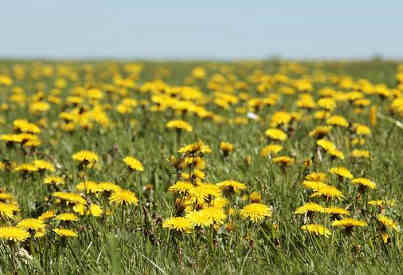
If you’re concerned about the risks of hay, there are plenty of alternatives that can provide similar benefits.
Other Types of Forage Suitable for Chickens
Leafy greens, edible plants, and weeds can all provide the same stimulation as hay without the potential risks. These can be grown in a chicken-safe garden or sourced from reliable vendors.
Comparing the Nutritional Value of Alternatives to Hay
While these alternatives might not offer a lot of nutrition, they can offer variety and stimulation. Many edible plants and weeds have additional health benefits, like natural deworming properties.
Best Practices in Using these Alternatives
As with hay, ensure any greens or forage are clean and free from pesticides or other chemicals. Introduce new foods gradually, and monitor your chickens to see how they react. Remember, a healthy chicken is a happy chicken!
How to Properly Store Hay for Chicken Use
Proper storage is essential if you’re considering incorporating hay into your chicken’s environment. Here’s how to ensure your hay stays fresh and safe for your flock.
Keeping Hay Dry
Hay must be stored in a dry place to prevent it from getting damp, which can lead to harmful mold growth. A well-ventilated shed or barn is ideal. Never leave hay exposed to rain or standing water.
Detecting Poor-Quality or Spoiled Hay
Regularly check the hay for signs of spoilage, such as a musty smell, discoloration, or visible mold. If in doubt, discarding questionable hay is better than risking your chickens’ health.
Safe Handling Practices
When handling hay, be sure to wear gloves and a mask. This will not only protect you from potential allergens but also prevent the spread of any pathogens that might be present in the hay. Always wash your hands after handling hay.
Interactive Hay-Based Activities for Chickens
While hay may not be the most nutritious food source for your chickens, it can serve as an excellent tool for environmental enrichment. Let’s explore some fun and interactive activities involving hay.
Hay Bales for Climbing
Arrange a few hay bales in the chicken coop or run. Chickens love to climb and perch and these hay bales will offer them a perfect spot to survey their surroundings.
Hide Treats in the Hay
Hide some of your chickens’ favorite treats or foods in a hay bale. This will encourage natural foraging behaviors and keep them busy and mentally stimulated.
Remember, safety comes first. Always ensure the hay is safe and mold-free before using it for these activities. Your chickens will have a clucking good time!
What Other Plants Can Chickens Eat Apart from Hay?
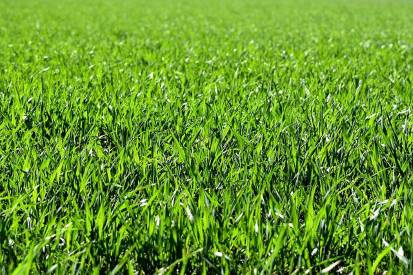
Besides hay, there are various plants that chickens can consume safely, providing nutritional benefits and an opportunity for environmental enrichment. Let’s look at five such plants.
Grass
Grass is a fantastic natural food source for chickens. They love pecking at fresh grass, which provides them with some nutrients. Ensure the grass is pesticide-free and hasn’t been treated with harmful chemicals.
Read More: Do Chickens Eat Grass? Uncovering The Truth About Their Diet
Clover
Chickens can also safely eat clover. This perennial plant is safe and beneficial for them, as it’s rich in protein, vitamins, and minerals. If possible, it’s a good idea to include clover in their foraging area.
Read More: Can Chickens Eat Clover? 6 Fantastic Benefits
Alfalfa
Alfalfa is another excellent green feed for chickens. High in protein, it can be given to chickens as sprouts, fresh plants, or even dried alfalfa (often found in rabbit feed). Chickens usually enjoy picking at alfalfa cubes or hay.
Read More: Can Chickens Eat Alfalfa? 6 Important Benefits
Timothy Hay
Timothy hay is often used as fodder for rabbits and horses, but chickens can also eat it. While it doesn’t provide substantial nutritional value for chickens, it can add diversity to their diet and stimulate their natural foraging instincts.
Read More: Can Chickens Eat Timothy Hay? Your Complete Feeding Guide
Wheat
Wheat is an excellent source of carbohydrates for chickens. While wheat shouldn’t make up the majority of their diet, it can be a good supplement. Whole wheat grains can also serve as a treat that chickens will enjoy pecking and scratching.
Read More: Can Chickens Eat Wheat? Expert Guide To Feeding Your Flock
Can chickens eat hay – final thoughts
In conclusion, while chickens can physically interact with hay and may enjoy it as an environmental enrichment, the nutritional value it offers them is relatively minimal. Furthermore, hay can present certain health risks, such as mold growth and potential choking hazards.
The take-home message is this: although hay is not necessarily harmful, it shouldn’t be a primary component of a chicken’s diet. Alternative sources of forage can offer similar benefits without the associated risks of hay. Ultimately, the basis of your chicken’s diet should be balanced, high-quality poultry feed.
Related Articles:
